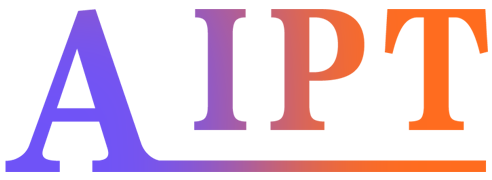In recent years, the intensity of youth sports has already been quite high. Whether it's soccer, basketball, or track and field, young athletes are striving for excellence through rigorous training. However, with the rapid development of AI technology, this competition is being pushed to a whole new level.


Today, many clubs and high school teams are beginning to use AI video analysis and predictive analytics tools. These tools not only help coaches better understand the game but also provide personalized training recommendations for young athletes. For example, by analyzing game footage, AI can identify how players perform in specific situations and offer improvement strategies. This application makes training more scientific and efficient.
However, this trend is not without controversy. Some argue that the introduction of AI tools might increase the pressure on young athletes, pushing them towards overly professionalized training at a very early age. Additionally, the cost of these tools is a significant issue, as only a few wealthy clubs or families can afford them. This undoubtedly exacerbates inequality in the sports domain.


Despite these concerns, the application of AI technology in youth sports has its positive aspects. For instance, it can uncover talented players who might otherwise be overlooked, providing them with more opportunities. Moreover, AI tools can help reduce injuries by predicting potential risks through data analysis. This not only enhances athletic performance but also ensures the long-term well-being of the athletes.
In summary, the use of AI technology in youth sports is a double-edged sword. It has the potential to create a more fair and efficient training environment, but it can also exacerbate existing inequalities. As parents, coaches, and society, we need to work together to ensure that these technologies truly benefit young athletes rather than becoming a burden.

